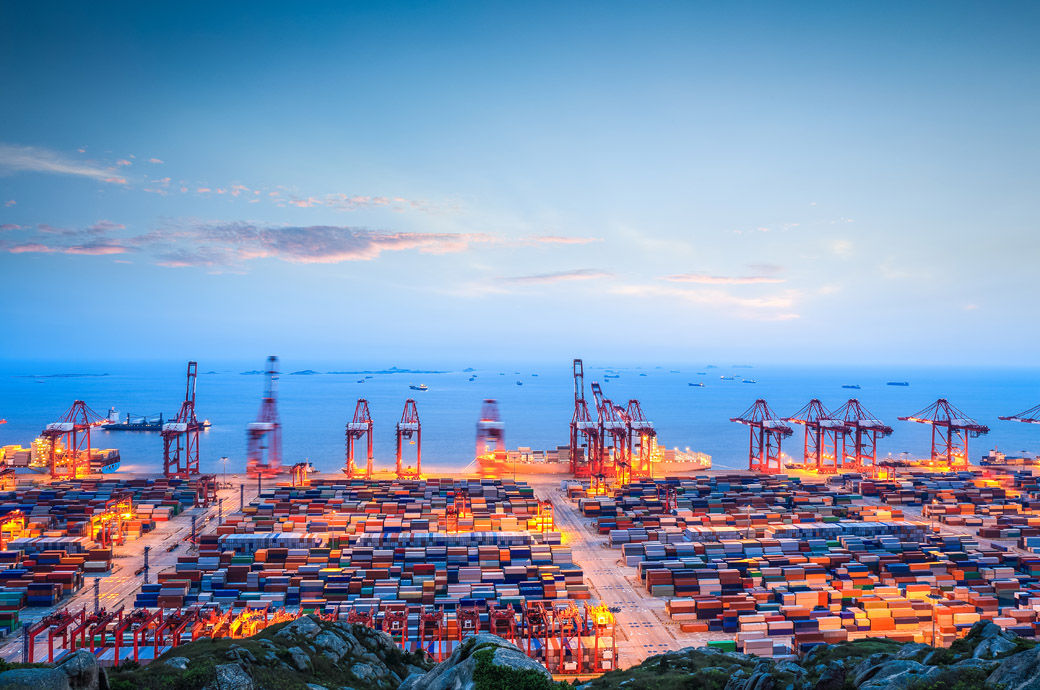
In its ‘Bangladesh Economic Corridor Development Highlights’ released in Dhaka, the international lender said that the corridor is expected to generate 2.3 million jobs by 2025 and the number will gradually increase to 40.7 million by 2050.
This can be achieved by setting up 12 manufacturing industries in this economic corridor, which would require infrastructures aligned with a major transport network, and connect urban clusters with vibrant industrial zones, the report noted.
Planning minister MA Mannan attended the release event, Bangladesh media outlets reported.
Economic growth in the country now is concentrated primarily in the Dhaka and Chattogram divisions, while other districts like Mongla, Sunamganj, Sylhet, Rangpur, Khulna, Netrokona, Panchagarh and Nilphamari are lagging behind.
"An economic corridor is one such integrated development tool that enhances infrastructure, enables industrial proliferation, creates employment, connects production centers with urban and social agglomerations, and decentralizes development away from the country's developed areas," said ADB country director for Bangladesh Edimon Ginting.
There are eight major trade gateways in the economic corridor region: Mongla seaport, Payra seaport, Benapole land port, Bhomra land port, Akhaura land port, Tamabil land port, Bibir Bazar land port and Nakugaon land port.
Along with high population, geographical coverage and abundance in natural resources, the corridor region holds strategic locational advantages, the ADB report noted.
The proposed development could occur in two phases: the southwest segment initially, followed by the northeast portion from Dhaka to Sylhet and Mymensingh, it added.
ALCHEMPro News Desk (DS)
Receive daily prices and market insights straight to your inbox. Subscribe to AlchemPro Weekly!